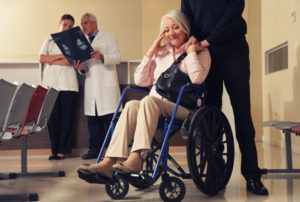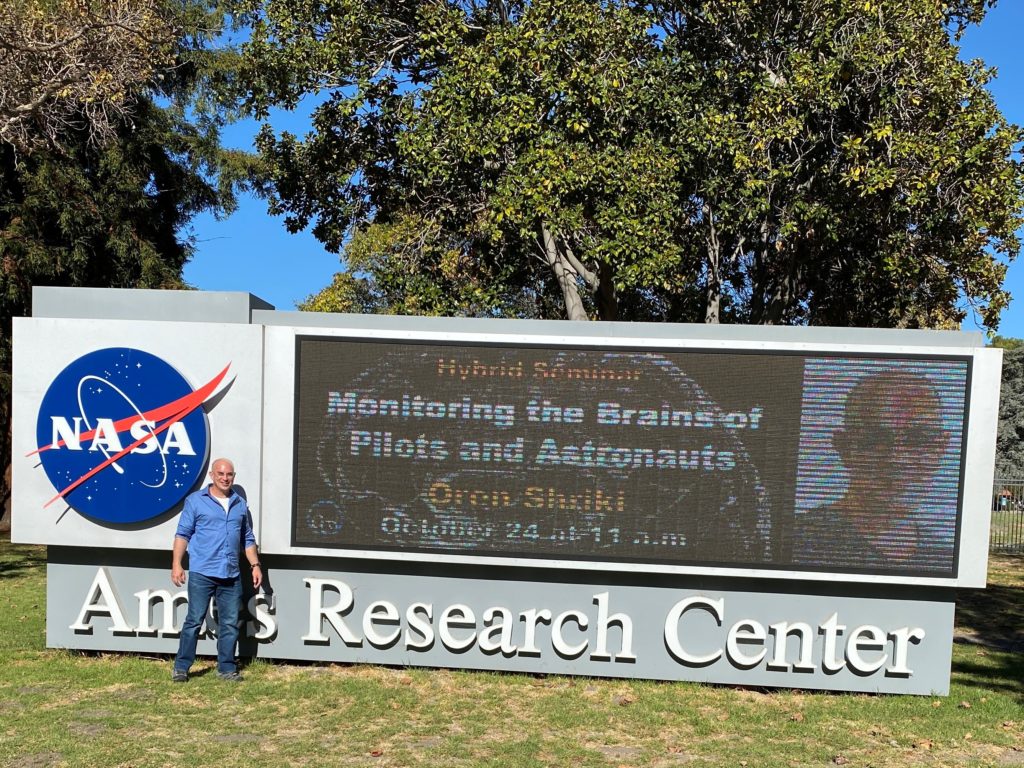
“Someone to Hold Your Hand” Can Get You Quicker Care
“Someone to Hold Your Hand” Can Get You Quicker Care
April 7, 2015
The Economist — Everyone arriving at a hospital’s emergency room (ER) wishes to be seen quickly, but for stroke patients it can be a matter of life or death. The most common stroke involves a blood clot blocking vessels in the brain, killing brain cells nearby almost immediately.
Luckily, an effective treatment exists. Thrombolytic therapy uses drugs to dissolve the clot and restore the flow of blood. If started within a couple of hours of a stroke occurring, it can limit brain damage and reduce long-term disability. Neurologists even have a catchphrase for this: “time is brain.”
 Understandably, hospitals strive to identify stroke cases and administer such medication without delay. A key step is using a computed tomography (CT) scanner to ensure that there has been no bleeding in the brain, in which case thrombolytic drugs would make things worse. The last couple of decades have seen many innovations in reducing this “time to CT.” Paramedics have been trained to recognize strokes and warn hospitals in advance, CT machines moved into emergency departments, and drugs pre-mixed to inject directly foll owing a successful scan.
Understandably, hospitals strive to identify stroke cases and administer such medication without delay. A key step is using a computed tomography (CT) scanner to ensure that there has been no bleeding in the brain, in which case thrombolytic drugs would make things worse. The last couple of decades have seen many innovations in reducing this “time to CT.” Paramedics have been trained to recognize strokes and warn hospitals in advance, CT machines moved into emergency departments, and drugs pre-mixed to inject directly foll owing a successful scan.
But in shaving seconds from medical procedures, researchers may have neglected something more important: the human element.
Dr. Gal Ifergane, a neurologist at Soroka University Medical Center and a lecturer at BGU’s Joyce and Irving Goldman Medical School, noticed that stroke patients who were accompanied to the ER by friends or family seemed to fare better than those who arrived alone. So for 15 months, ER staff at Soroka University Medical Center recorded the number of companions escorting each stroke sufferer, over 700 in all, and tracked their progress.
The results, recently published in Medicine, tell a striking story. Stroke victims arriving with someone were more than twice as likely to be correctly diagnosed by the triage nurse, and had their CT scans performed earlier. Patients with one companion had CT scans an average of 15 minutes sooner than those unaccompanied. A second companion shaved a further 20 minutes off the wait, although three or more companions did not confer any additional benefit.
Dr. Ifergane admits that his study has limitations. The sample size was small and his findings may reflect cultural norms in Israel that do not apply elsewhere. However, he has already tried to make changes in the way the Soroka University Medical Center operates.
“We asked our security team to allow two people to come in with stroke patients rather than just one,” he says. “And we now consider stroke patients who are coming alone as an at risk group.”
Dr. Ifergane also recommends that ERs provide a friendly “stroke liaison” to accompany lone patients during the diagnostic and treatment processes.



